Social media live streaming provides an interesting and authentic experience for your fans, and it can be a lot of fun. Plus, with nearly every platform having its own live streaming option, there are plenty of options for you to choose from.
In this article, we’ll explore the basics of live streaming on the most popular channels to help you decide which is best for you. We’ll also offer some tips and best practices for getting the most out of your streams. Let’s dig in!
An introduction to social media live streaming
Live streaming is one of the biggest trends on social media right now, with users watching over one billion hours [1] of live video in 2019. There’s a good reason for that: it’s entertaining for viewers and gives your followers a chance to interact directly with your brand. In fact, surveys show that 80 percent of people [2] would rather watch a live stream than read a blog post from a business.
What’s more, live video gives you a direct line to your biggest fans. Streaming is an effective way to foster trust and authority and build an authentic brand image. With the global pandemic still in full swing, live streaming is an excellent way to get audiences engaged without needing to gather them in person. Many social platforms also prioritize live content in their algorithms, so you can bump your brand right to the top of feeds.
Nearly every major social network has its own live streaming feature, and choosing the right one for your business is crucial. While this can be as simple as using the platform where you already have the largest presence, you can also take a more nuanced and targeted approach. Some channels are better suited for video content, and you may see better results by branching out. We’ll explore each major option in detail below.
Best social media live streaming platforms compared
Nearly every social network offers live streaming, so choosing one to use can be tough. Let’s examine the five most popular channels to see how they stack up.
1. Facebook
Facebook Live is one of the biggest live streaming services for several reasons. For starters, the potential audience is enormous: Facebook boasts over two billion [3] monthly active users.
Facebook Live offers granular privacy controls, so you can easily set who’ll be able to view your broadcast:
You can even set it so only you can see the video, which is perfect for doing a trial run before actually going live.

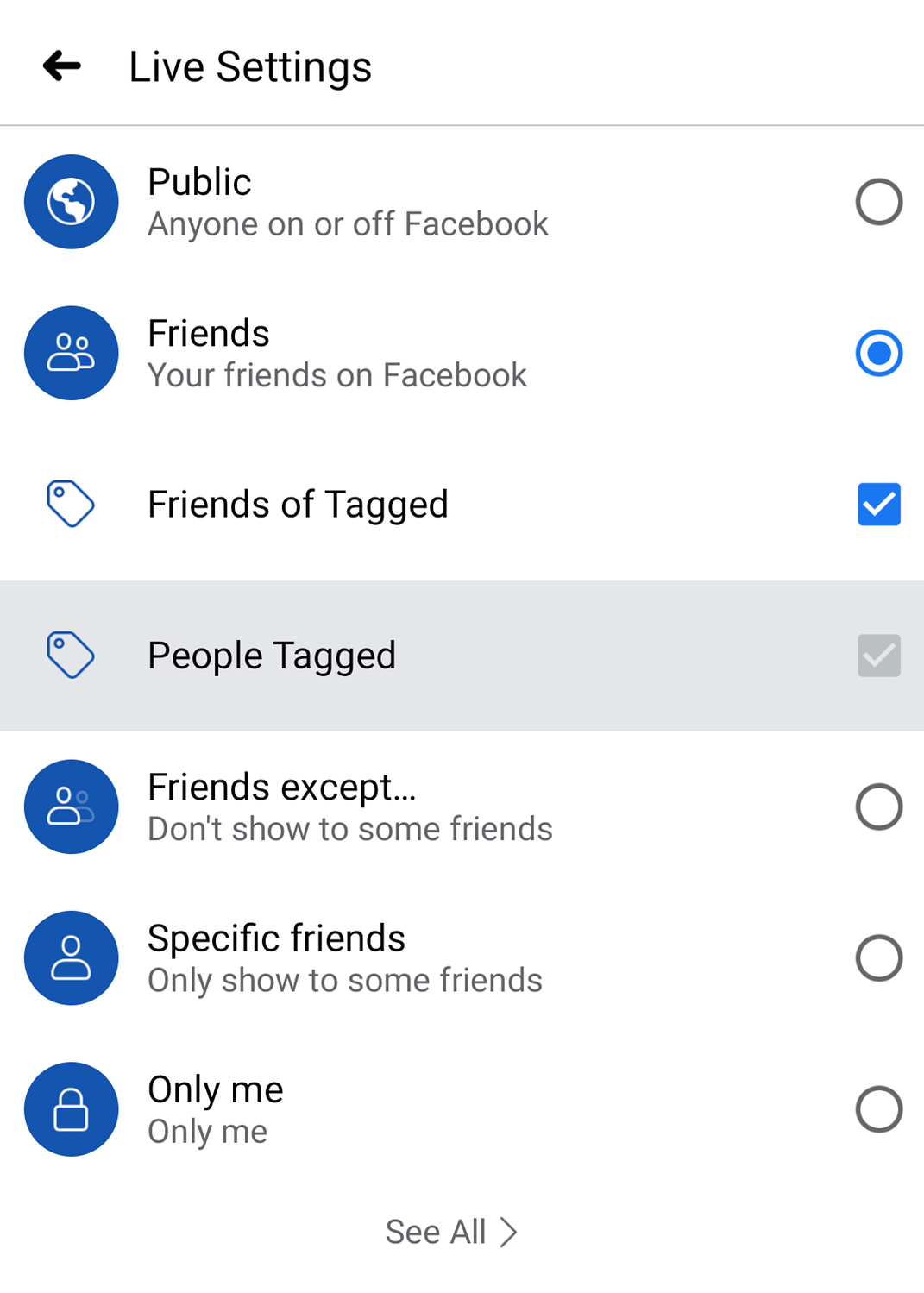
Facebook also lets you provide a text description, so viewers who join late can get an idea of what the broadcast is all about. Of course, you can also tag users, set locations, and make use of other standard Facebook features – and you definitely should! That potential for interaction is one of the most useful aspects of the service.
Finally, Facebook Live enables users to add filters, lenses, and other effects to the video, as well as write and draw on top of it:
This can be very handy if you’re doing an instructional stream and want to highlight something.

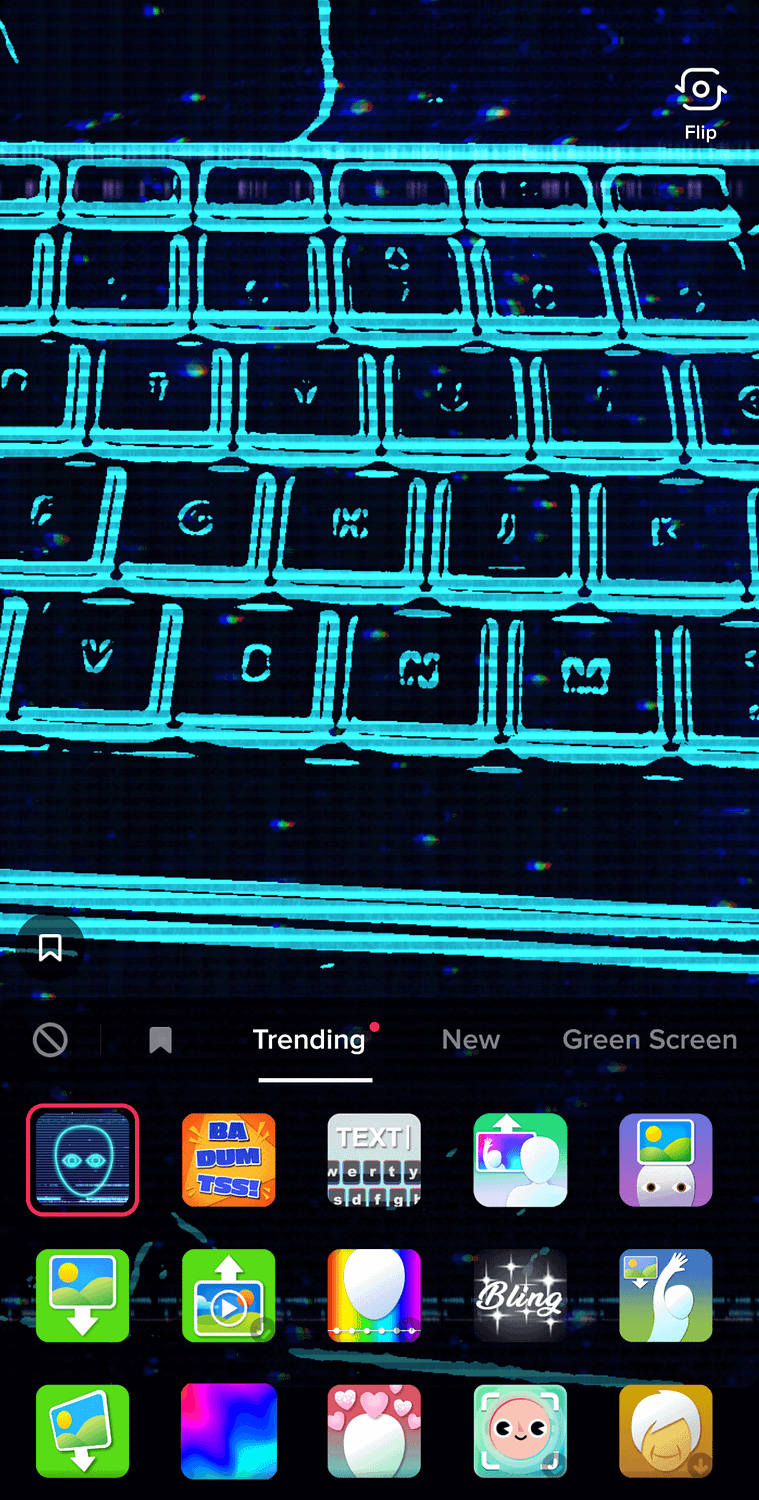
Who should use Facebook Live
Facebook Live streaming is a solid option for brands that aren’t already established on other platforms, thanks to the robust features and huge user base. The large clientele is both a blessing and a curse, though – while it can be easier to attract viewers, they may be less qualified.
How to go live on Facebook
Starting a Facebook live stream is as easy as it gets. Simply select the Live button from the menu at the bottom of the What’s on your mind? section:

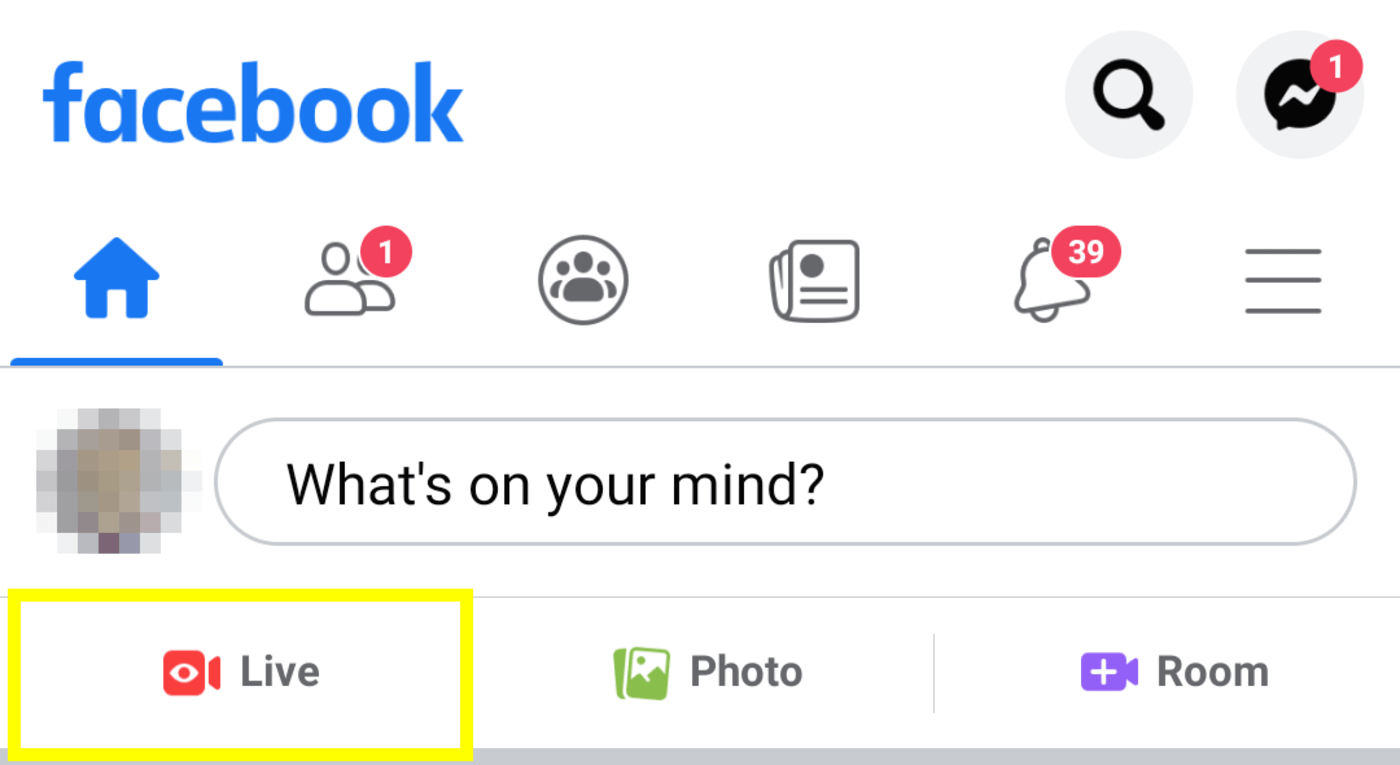
After you do, you’ll see the camera pop up with the selections for various filters and other options:
Once live, you’ll be able to see comments from viewers on the screen as they happen, and interact with them with ‘likes’ and other Facebook reactions.

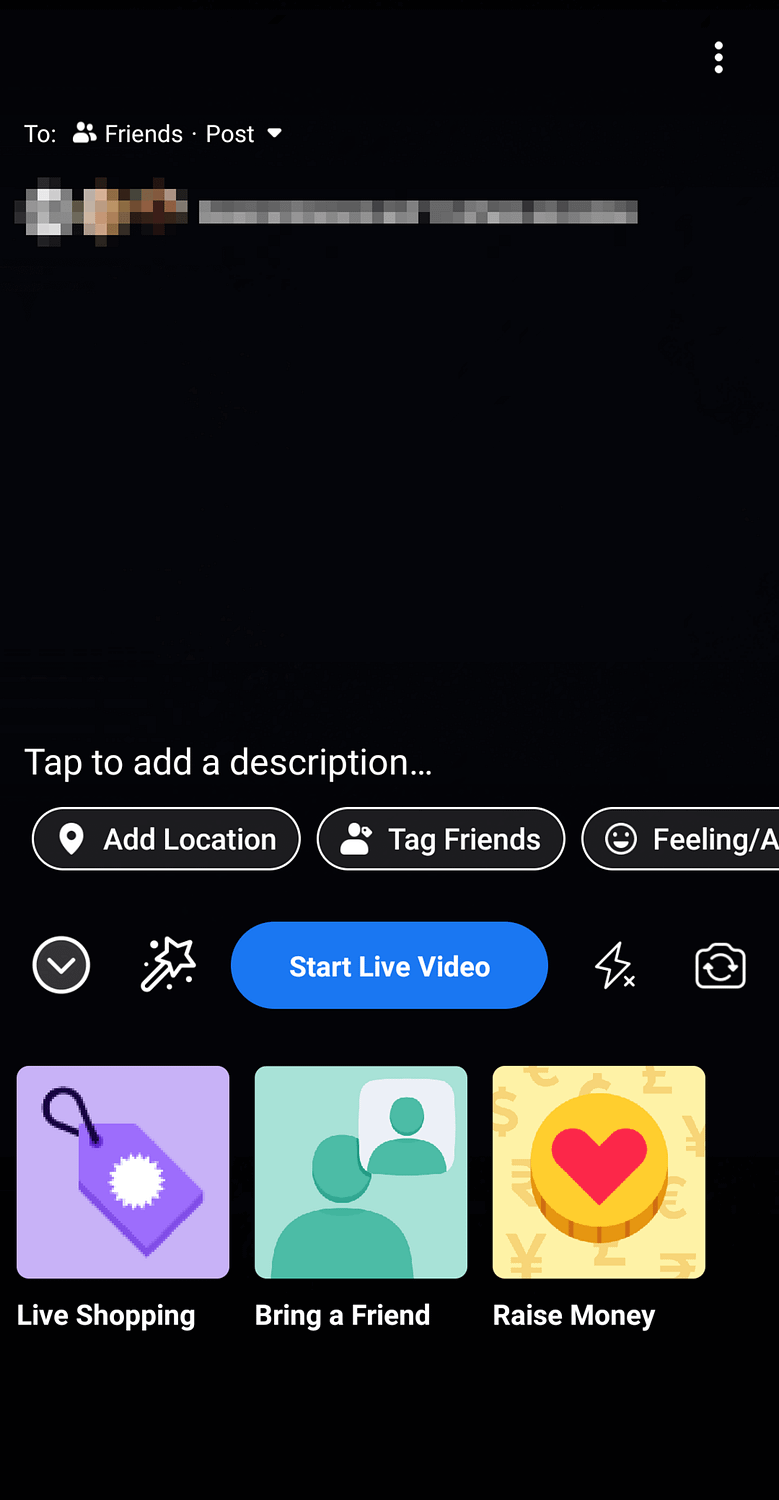
2. Instagram
Instagram also has a live streaming feature, and it’s quite powerful. Followers who have the application open receive a notification when you go live, so you can easily capture the attention of a larger audience. Additionally, live streams appear at the front of the Instagram Stories menu in the application, clearly marked as ‘live’. Again, this makes it much easier to draw in viewers to your stream.
Instagram, like most platforms, enables real-time comments during live streams. You can reply or react to the comments in real-time, which works especially well if you have someone else filming the stream (so you don’t have to interrupt what you’re doing to interact). You can also add a title:


Additionally, Instagram provides simple controls for moderating comments. You can navigate to your profile settings and block specific users, hide offensive comments, or even filter out specific phrases or keywords manually:
You can also disable comments entirely if you prefer, although we don’t recommend this for most streams. Just note that you’ll need to set this up before you start streaming.


An important thing to keep in mind is that Instagram limits live streams to one hour. That’s significantly shorter than most other platforms. Depending on the type of content you’re producing, this could be a positive or negative – or you may never even run up against the limit. Still, it’s worth keeping in mind.
Who should use Instagram Live
Instagram Live is ideal for brands that can benefit from the platform’s visual nature. Although the streaming feature itself is similar to that of other social networks, Instagram as a whole is worth considering if you rely heavily on this kind of content.
How to go live on Instagram
Starting a live stream on Instagram is even easier than it is to do on Facebook. You can simply swipe to the Instagram Stories camera, and then tap on Live:
Next, tap the button again to start the live stream. It’s as easy as that!

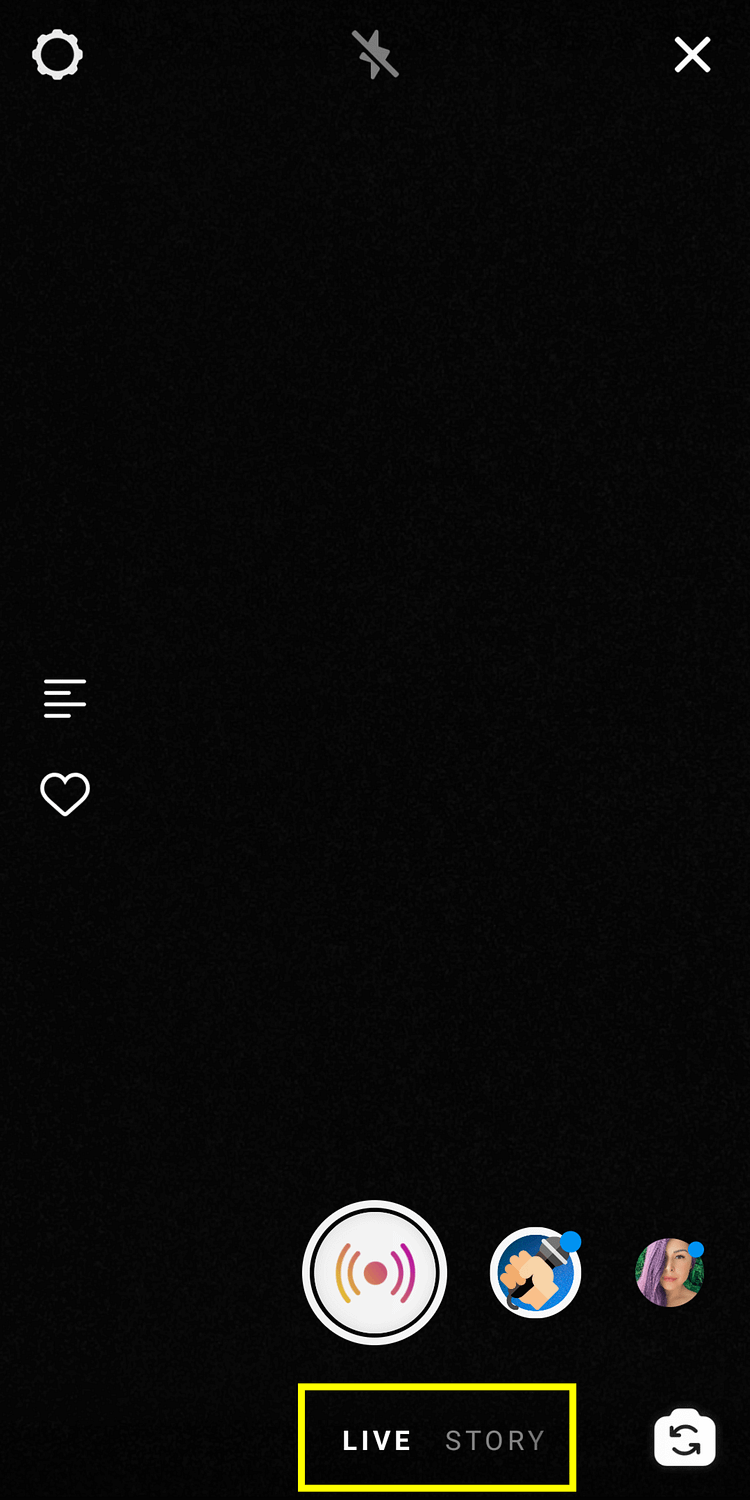
3. YouTube
Whether or not YouTube is a ‘true’ social network is up for debate. However, it is one of the most popular video channels in the world, as well as a useful marketing platform. As such, we think it deserves a spot on this list.
Live streaming on YouTube is a bit different than the other platforms featured here, for the simple reason that it’s often done from a laptop or desktop computer rather than a smartphone (although you can use your phone, too). For this reason, you may have access to additional equipment or software to improve your stream quality, such as professional microphones and high-end cameras.
In fact, depending on the size of your channel, you may have to stream from a computer – you need at least 1,000 subscribers[4] in order to stream from mobile. Apart from that, streaming on YouTube is pretty similar to other networks.
Who should use YouTube Live
YouTube is generally best for users who already have an active channel on the platform (or want to create one). This is because your subscribers will be notified of your live streams, helping build your viewership faster. Additionally, you can grow both your streams and your channel at the same time, thanks to the cross-promotion features.
How to go live on YouTube
To start a live stream on the YouTube mobile application, you can tap the ‘+‘ icon, followed by Go live:

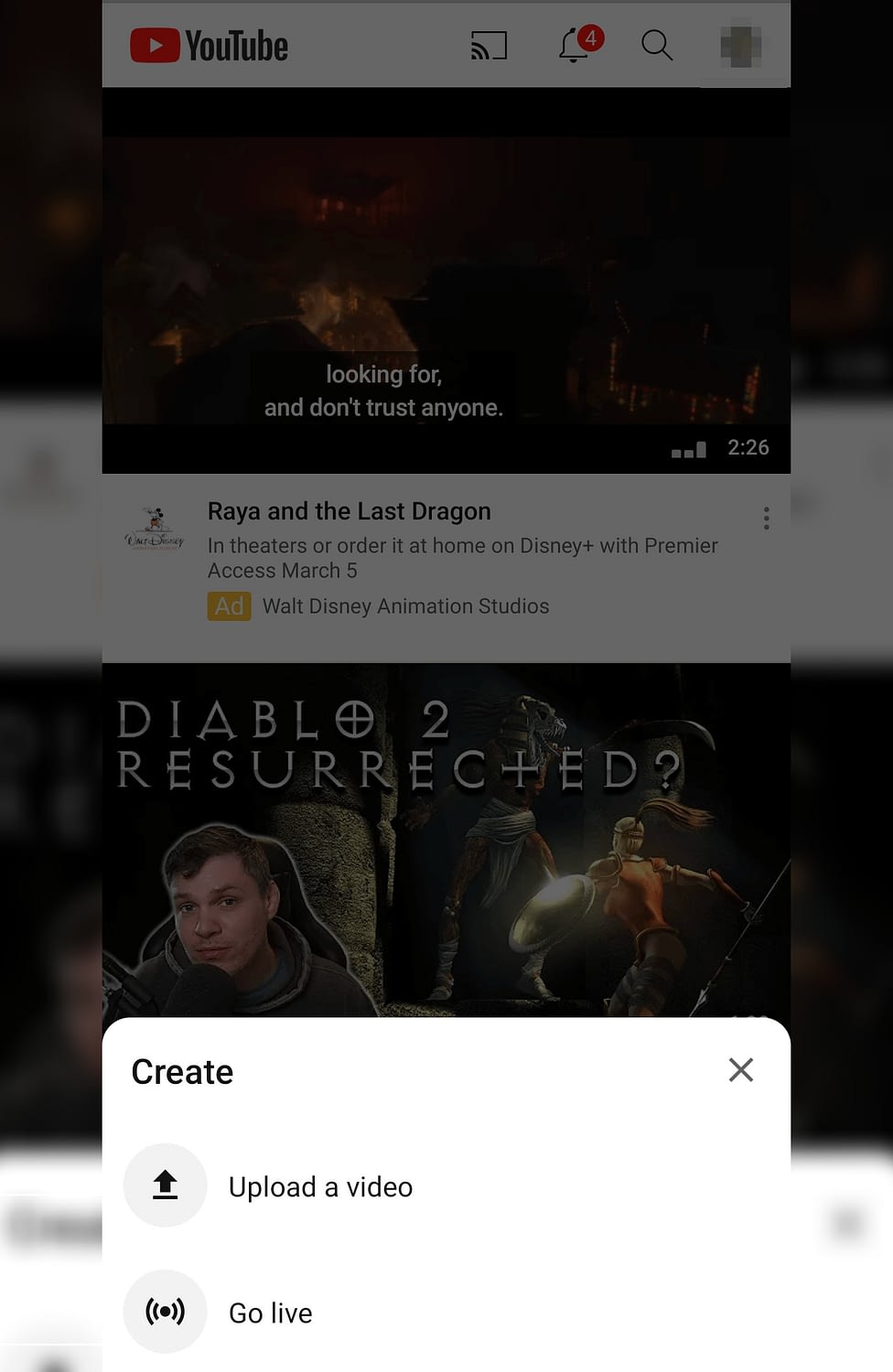
On the desktop site, you’ll want to select the camera icon in the top-right corner of the screen, and then click on Go live:


That’s all there is to it!
4. TikTok
TikTok, the incredibly popular (but somewhat controversial) short-form video application, is an obvious choice for live streaming. Since this is already the type of content users are expecting from the platform, it’s an ideal candidate for finding a large audience for your streams.
TikTok’s live streaming offers similar features to other social networks: there are filters available, as well as options to add a title and cover photo. The main difference between TikTok and other options is the ability for viewers to send ‘gifts’ to streamers, which are digital rewards that can be redeemed for actual money. This can be a nice way to create some additional income from your live streams, and it’s smart to soft-sell these gifts.
Similar to Instagram, TikTok limits streams to one hour. However, given the nature of TikTok itself, we think this is probably more than enough time. If you’re looking to produce long-form content, this platform probably isn’t the ideal choice.
Who should use TikTok Live
TikTok’s user base tends to skew young, so if your target audience is Millennials or Generation Z, this is a fantastic option. Also, short ‘how to’ and tip videos – such as cleaning or DIY tutorials – tend to do especially well on TikTok.
Also, it’s worth noting that TikTok requires users to meet certain eligibility requirements in order to start a live stream. These vary slightly depending on the country you reside in, but the basics are that you must be at least 16 years old (and 18 to receive ‘gifts’). You must also have at least 1,000 followers.
How to go live on TikTok
To go live on TikTok, tap the ‘+‘ icon at the bottom of your application:

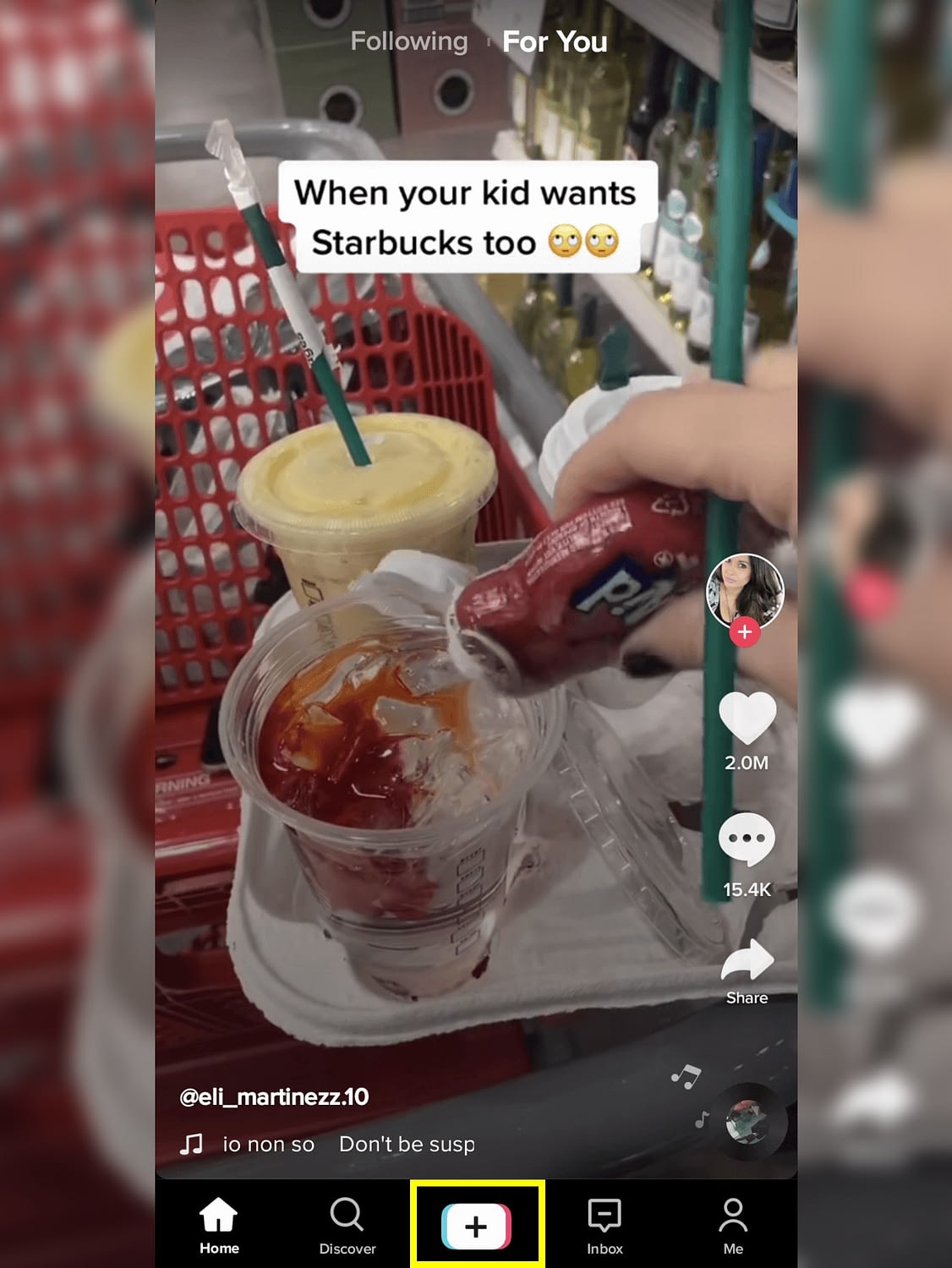
Next, you can scroll right along the menu until you see the Live option:
Note that if you don’t meet the requirements outlined above, you won’t see this option. TikTok also restricts the number of users that are live at one time across the platform, so if you meet the requirements but don’t see the option, you may just need to try again in a few minutes.

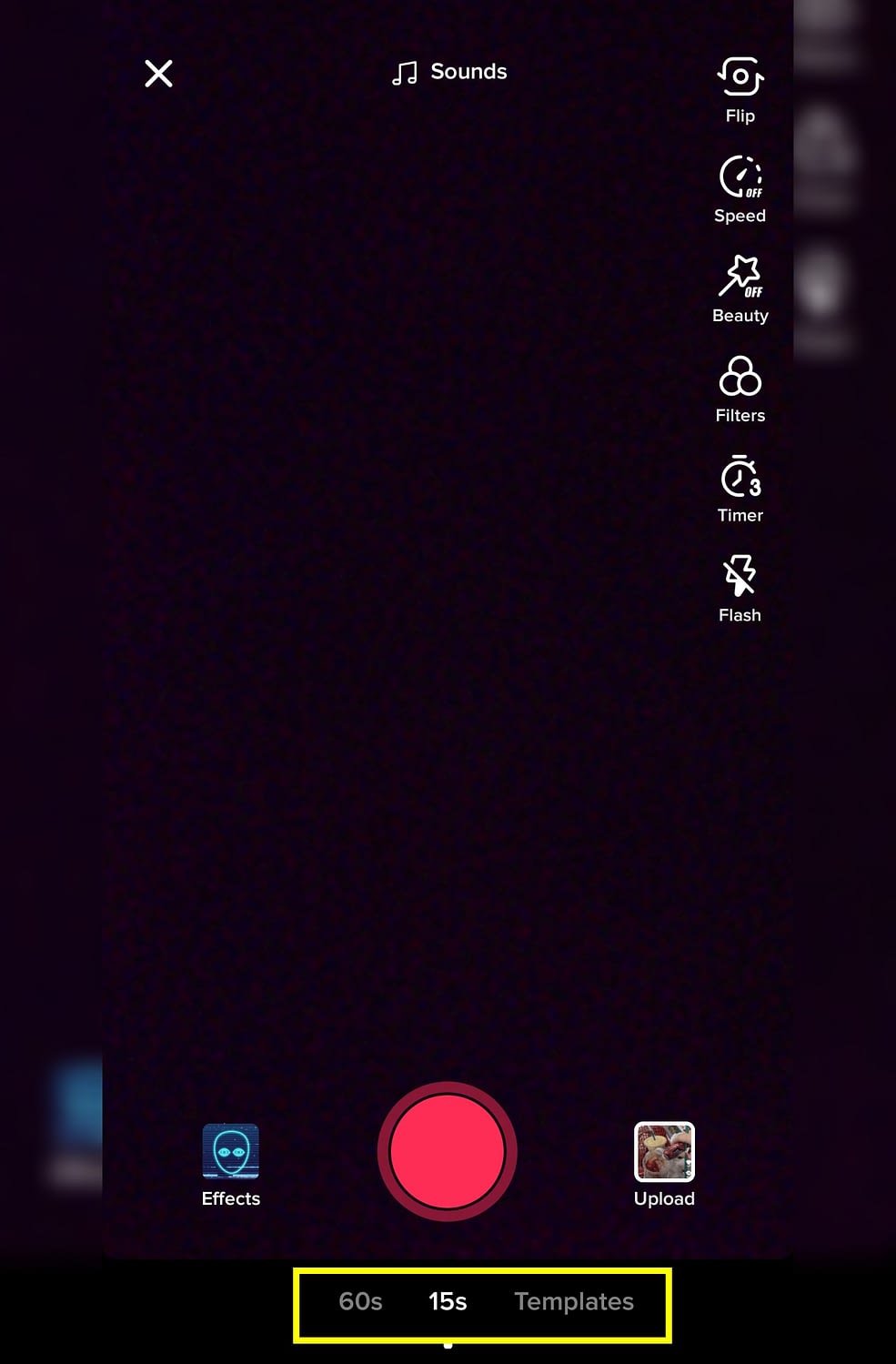
5. Twitter
Remember Periscope? It was one of the first major live video streaming services from a few years ago. It’s since been merged with the Twitter platform and now lives there as Twitter Live.
Twitter doesn’t offer the same types of effects and filters that many of the other options here do. However, it does allow you to easily invite guests, which you can do by tapping the Invite Friends button:

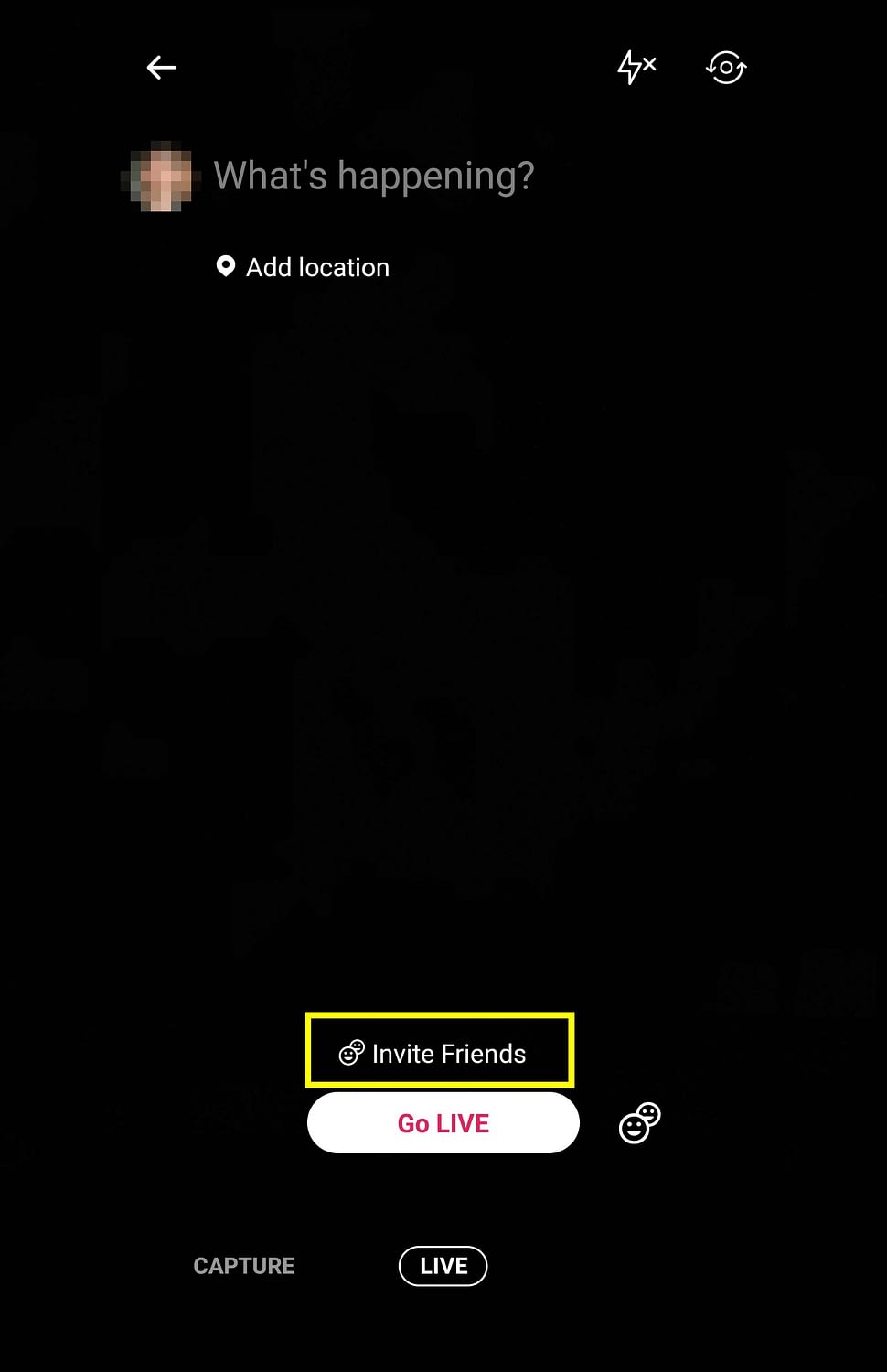
This lets you go live and simultaneously co-host a stream – which is particularly useful for having special guests or hosting in-depth tutorials with multiple members of your team.
You can also make use of Twitter hashtags in your description to help surface your video in users’ feeds. This is an effective way to attract more viewers.
Who should use Twitter Live
Since many people use Twitter as a sort of news source, streams involving that type of content could do well here. The Twitter community also tends to be more tech-savvy than some other networks, so if you’re in a related industry, it could be a fitting choice for you.
How to go live on Twitter
To go live on Twitter, tap the Compose button in the application, followed by the camera icon:

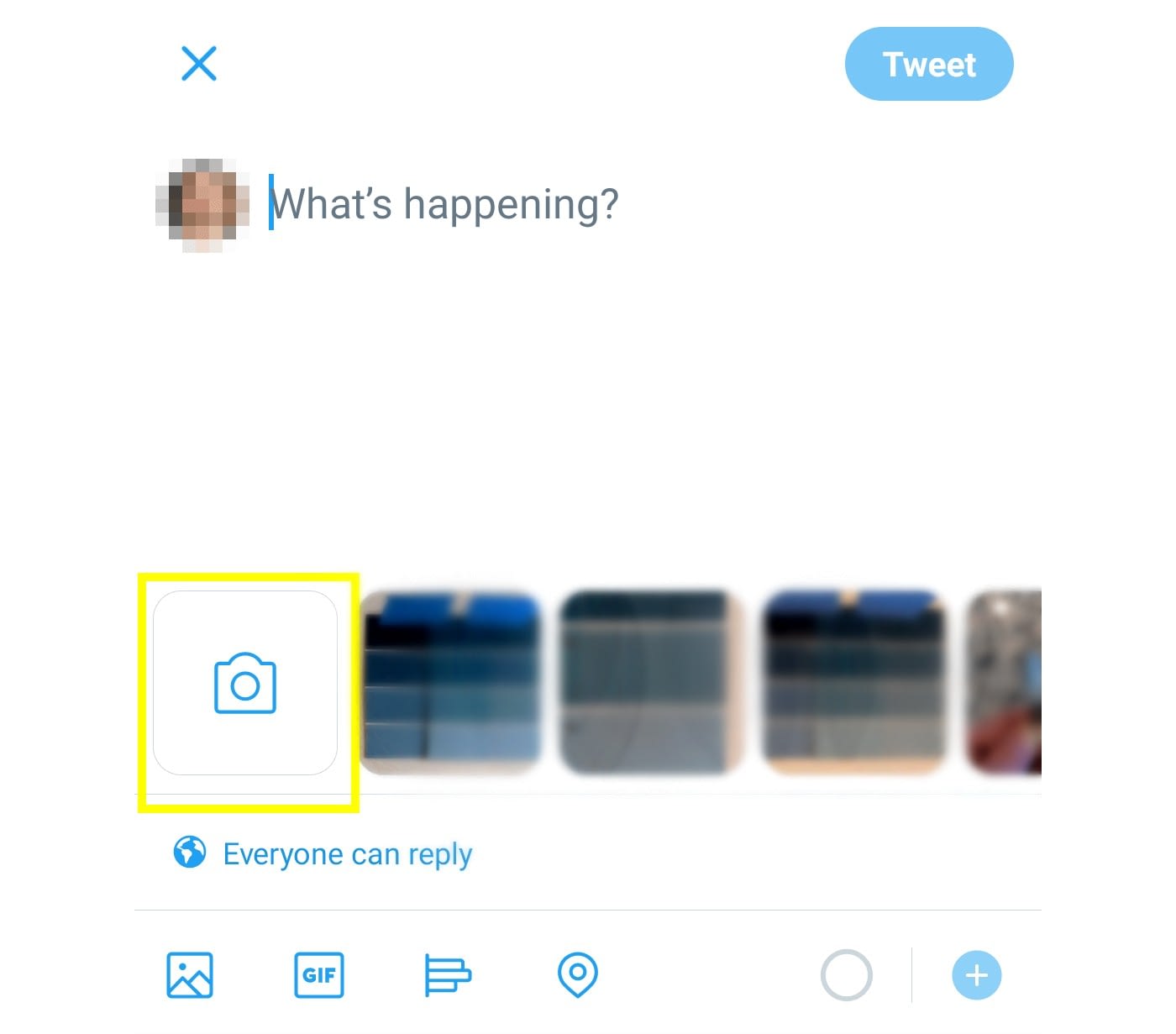
Next, select Live from the menu at the bottom:
Now you’re ready to start broadcasting!

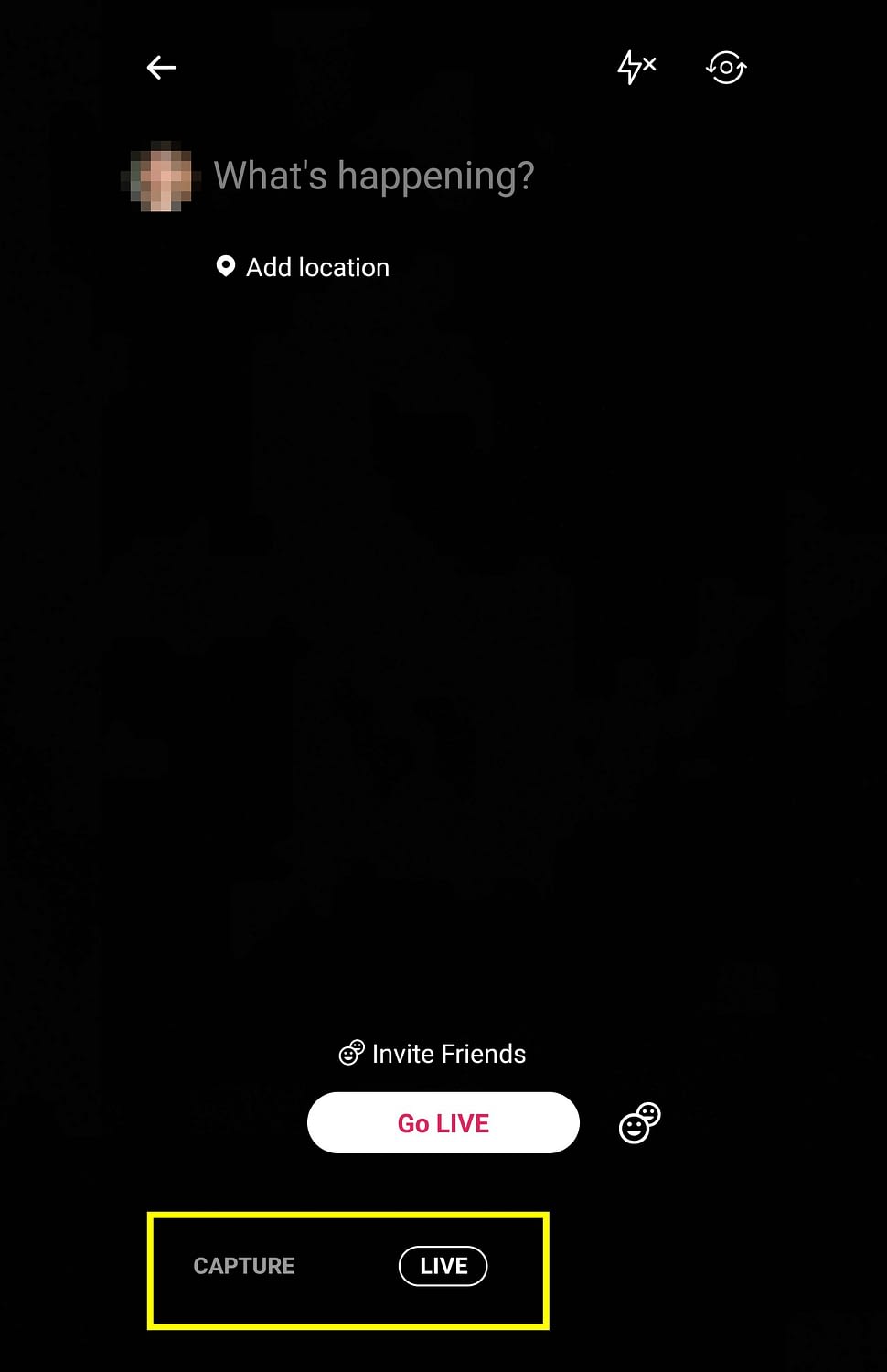
Conclusion
Maximizing social reach and engagement is the goal of many marketers and businesses. Live streaming is a fantastic way to do just that. It’s exciting and engaging for your viewers, and can help push your brand to the top of social algorithms.
As we discussed in this post, it’s best to choose a social media live streaming network based on your target audience and feature needs:
- Facebook if you want to reach the largest audience possible, and make use of fun features like filters and effects.
- Instagram if your brand has a major visual element to its marketing.
- YouTube if you have a substantial channel already or want to grow one alongside your streams.
- TikTok if you have an audience that skews younger – think Gen Z or Millennials.
- Twitter if you’re focused on tech or have a tech-savvy target audience.
Are you planning a social media live stream? Let us know about it in the comments section below!
The post Social Media Live Streaming Platforms Compared – Which Is Best? appeared first on Revive Social.
